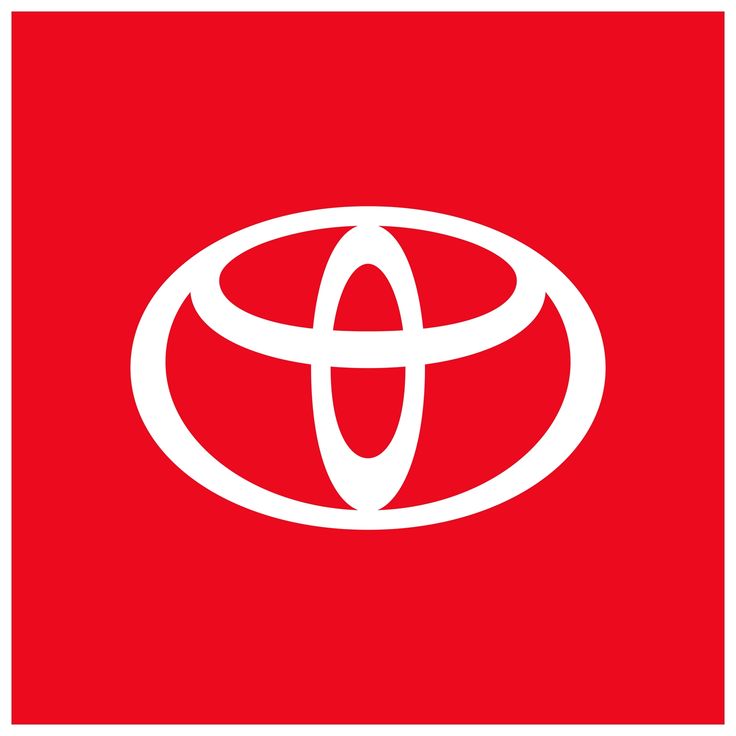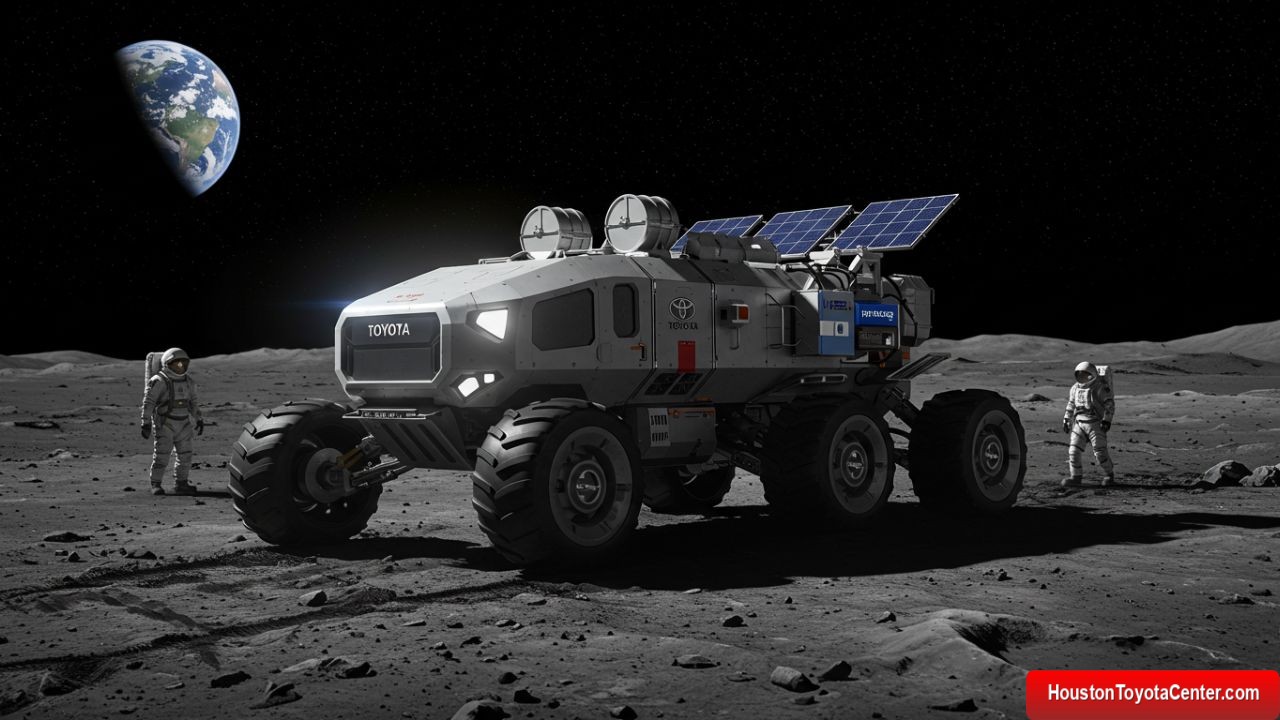In a groundbreaking move that blends automotive innovation with interplanetary ambition, Toyota has partnered with NASA and the Japan Aerospace Exploration Agency (JAXA) to develop a lunar rover unlike anything humanity has ever seen. This collaboration not only signifies Japan’s expanding role in space exploration but also cements Toyota’s influence far beyond Earth’s roads.
Toyota, known globally for its durable and dependable vehicles, is stepping into a new frontier: the Moon. By bringing their legendary engineering to the unforgiving lunar surface, they aim to create a pressurized rover capable of supporting astronauts for weeks at a time, turning what was once science fiction into a very real future.
Let’s take a deep dive into the details of Toyota’s lunar rover, how it came to be, what technologies power it, and what this means for the future of space exploration.
The Origins of the Project
The story begins with a joint vision between JAXA and Toyota. As Japan ramps up its ambitions in space, JAXA needed a partner with the engineering and manufacturing prowess to develop a vehicle capable of operating in some of the harshest environments known to man. Toyota was a natural fit.
FREE: Quickly identify and understand problems with your vehicle 🚘
CLICK HEREIn March 2019, JAXA and Toyota signed an agreement to co-develop a pressurized lunar rover that could be used in upcoming lunar missions as part of NASA’s Artemis program and other international collaborations.
The rover is expected to support crewed missions by the late 2020s or early 2030s, representing a pivotal leap in space travel: astronauts won’t just explore the Moon—they’ll live and drive across it.
Why a Lunar Rover?
Unlike Earth, the Moon offers no atmosphere, extreme temperature swings, and terrain riddled with craters and dust. Traditional EVs or combustion engines wouldn’t last a day. The lunar rover must be airtight, self-sustaining, radiation-shielded, and capable of autonomous and crewed operations.
Toyota’s pressurized lunar rover will:
- Protect astronauts from radiation, micrometeorites, and temperature extremes.
- Use solar and hydrogen fuel cell technology for sustainable energy.
- Allow astronauts to explore the Moon without spacesuits inside the cabin.
- Provide mobility across vast lunar regions for scientific research and infrastructure development.
Key Features and Specifications
Here’s what we know so far about Toyota’s pressurized lunar rover:
| Feature | Details |
|---|---|
| Name (Tentative) | Lunar Cruiser (inspired by Toyota Land Cruiser) |
| Pressurized Cabin | Supports 2 astronauts (up to 4 in emergencies) |
| Power System | Electric with hydrogen fuel cell backup |
| Mission Duration | 42 days of cumulative support on the lunar surface |
| Travel Range | Over 10,000 kilometers (approx. 6,200 miles) |
| Dimensions | Approx. 6 meters long, 5.2 meters wide, 3.8 meters tall |
| Mobility System | Six-wheeled independent suspension, with lunar dust-resistant design |
| Autonomy | Capable of both manual and AI-assisted autonomous navigation |
Fuel Cells: Powering a New Era of Space Travel
Toyota is a global leader in hydrogen fuel cell technology, especially through its Mirai sedan. This same tech, adapted and enhanced, will power the lunar rover.
Unlike fossil fuels, hydrogen fuel cells produce only water as a byproduct, making them ideal for space missions where sustainability is key. Even better, water produced from the rover’s fuel cells may be repurposed for drinking or other life support systems on the Moon.
Benefits of fuel cell technology in space:
- Efficient energy storage and output
- Minimal maintenance compared to combustion systems
- Water and heat recovery
- Resilience to extreme cold and vacuum conditions
The Lunar Cruiser: Land Cruiser of the Moon
Toyota has long been praised for its off-road king, the Land Cruiser. Known for traversing deserts, jungles, and mountainous terrain, it’s no surprise the lunar rover project is unofficially nicknamed the “Lunar Cruiser.”
Like the Land Cruiser, the Lunar Cruiser is being designed for:
- Rugged reliability
- Long-distance travel
- Minimal maintenance
- Adaptability to extreme terrains
Just swap Earth’s sand dunes for Moon dust and swap gas stations for solar panels, and you have the Lunar Cruiser.
Global Collaboration with NASA
While the project is led by JAXA and Toyota, NASA’s Artemis program plays a critical role. The Artemis missions aim to return humans to the Moon by 2026, including the first woman and the first person of color.
Toyota’s rover may serve as the primary mobility system for astronauts as they build a sustainable lunar base. NASA’s expertise in life support systems and navigation complements Toyota’s vehicle engineering, making this a prime example of international space cooperation.
Sustainability in Space
Toyota’s moon rover is more than an exploration vehicle—it’s a testbed for sustainability in extreme environments.
With a closed-loop energy system, the rover will:
- Use solar panels to recharge batteries and electrolyze water for hydrogen
- Recycle water and air for life support
- Use radiation shielding derived from innovative, lightweight materials
Many of these technologies could eventually trickle down to Earth-based applications, including disaster response vehicles, mobile labs, and clean off-grid housing.
Mission Timeline and Development Phases
The development of the lunar rover is following a phased approach:
Phase 1 (2019–2021): Research and Concept Development
- JAXA and Toyota explore feasibility.
- Concept design finalized.
- Simulations and virtual environment testing initiated.
Phase 2 (2022–2025): Prototyping and Field Testing
- Scaled prototypes tested on Earth analog environments (deserts, icy terrain).
- Power systems and life support modules trialed.
Phase 3 (2026–2029): Final Production and Integration
- Full-size pressurized rover built.
- Integrated into Artemis and international lunar missions.
Phase 4 (2030+): Deployment on the Moon
- Rover lands as part of a lunar base mission.
- Begins supporting extended astronaut missions and research.
From Moon to Mars?
NASA and international partners have made it clear: the Moon is just the first step. Technology like the Lunar Cruiser could eventually be reengineered for Mars missions.
With longer distances, harsher environments, and greater autonomy required on Mars, Toyota’s rover could lay the groundwork for interplanetary vehicles:
- Martian pressurized vehicles
- Off-Earth energy systems
- Self-sufficient life support cabins
Toyota may well become the first car manufacturer to operate on two planets.
Public and Scientific Impact
The announcement of Toyota’s lunar rover received global media attention. Scientists, engineers, and space enthusiasts celebrated the bold move, citing it as a crucial step in building a lunar economy and preparing for long-term space habitation.
Public interest has also surged in:
- Fuel cell technology
- Sustainable exploration
- Robotics and autonomous systems
It’s inspiring a new generation of engineers who may one day ride in a Toyota… on the Moon.
What’s Next?
As of 2025, Toyota and JAXA are deep into the prototyping phase. A working rover is expected to be showcased in simulation environments by 2026. The final deployment will likely happen as part of Artemis Phase 3 or an equivalent multinational mission.
Toyota has not ruled out commercial or scientific licensing of the rover tech, which could open doors for:
- Space tourism
- Private space transport solutions
- Extreme terrain vehicles for Earth
Final Thoughts
From the bustling streets of Tokyo to the dusty plains of the Moon, Toyota’s journey is nothing short of extraordinary. With innovation rooted in decades of engineering, and a vision extending into space, the Lunar Cruiser is more than a rover—it’s a symbol of human resilience and curiosity.
This project redefines the role of automakers in the 21st century. They’re no longer just building cars. They’re driving the future of space exploration.


Leave a Reply